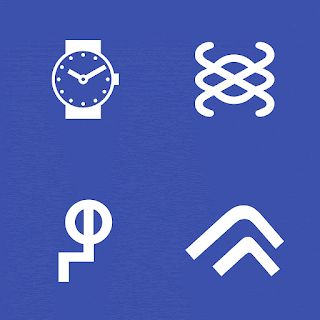A big challenge in sharing digital information around the world is “tofu”—the blank boxes that appear when a computer or website isn’t able to display text: ⯐. Tofu can create confusion, a breakdown in communication, and a poor user experience.
Five years ago we set out to address this problem via the Noto—aka “No more tofu”—font project. Today, Google’s open source Noto font family provides a beautiful and consistent digital type for every symbol in the Unicode standard, covering more than 800 languages and 110,000 characters.
 |
| A few samples of the 110,000+ characters covered by Noto fonts. |
The Noto project started as a necessity for Google’s Android and ChromeOS operating systems. When we began, we did not realize the enormity of the challenge. It required design and technical testing in hundreds of languages, and expertise from specialists in specific scripts. In Arabic, for example, each character has four glyphs (i.e., shapes a character can take) that change depending on the text that comes after it. In Indic languages, glyphs may be reordered or even split into two depending on the surrounding text.
The key to achieving this milestone has been partnering with experts in the field of type and font design, including Monotype, Adobe, and an amazing network of volunteer reviewers. Beyond “no more tofu” in the common languages used every day, Noto will be used to preserve the history and culture of rare languages through digitization. As new characters are introduced into the Unicode standard, Google will add these into the Noto font family.
Google has a deep commitment to openness and the accessibility and innovation that come with it. The full Noto font family, design source files, and the font building pipeline are available for free at the links below. In the spirit of sharing and communication across borders and cultures, please use and enjoy!
The key to achieving this milestone has been partnering with experts in the field of type and font design, including Monotype, Adobe, and an amazing network of volunteer reviewers. Beyond “no more tofu” in the common languages used every day, Noto will be used to preserve the history and culture of rare languages through digitization. As new characters are introduced into the Unicode standard, Google will add these into the Noto font family.
Google has a deep commitment to openness and the accessibility and innovation that come with it. The full Noto font family, design source files, and the font building pipeline are available for free at the links below. In the spirit of sharing and communication across borders and cultures, please use and enjoy!
- Noto fonts download: https://www.google.com/get/noto/
- Design source files: https://github.com/googlei18n/noto-source
- Font building pipeline: https://github.com/googlei18n/fontmake








